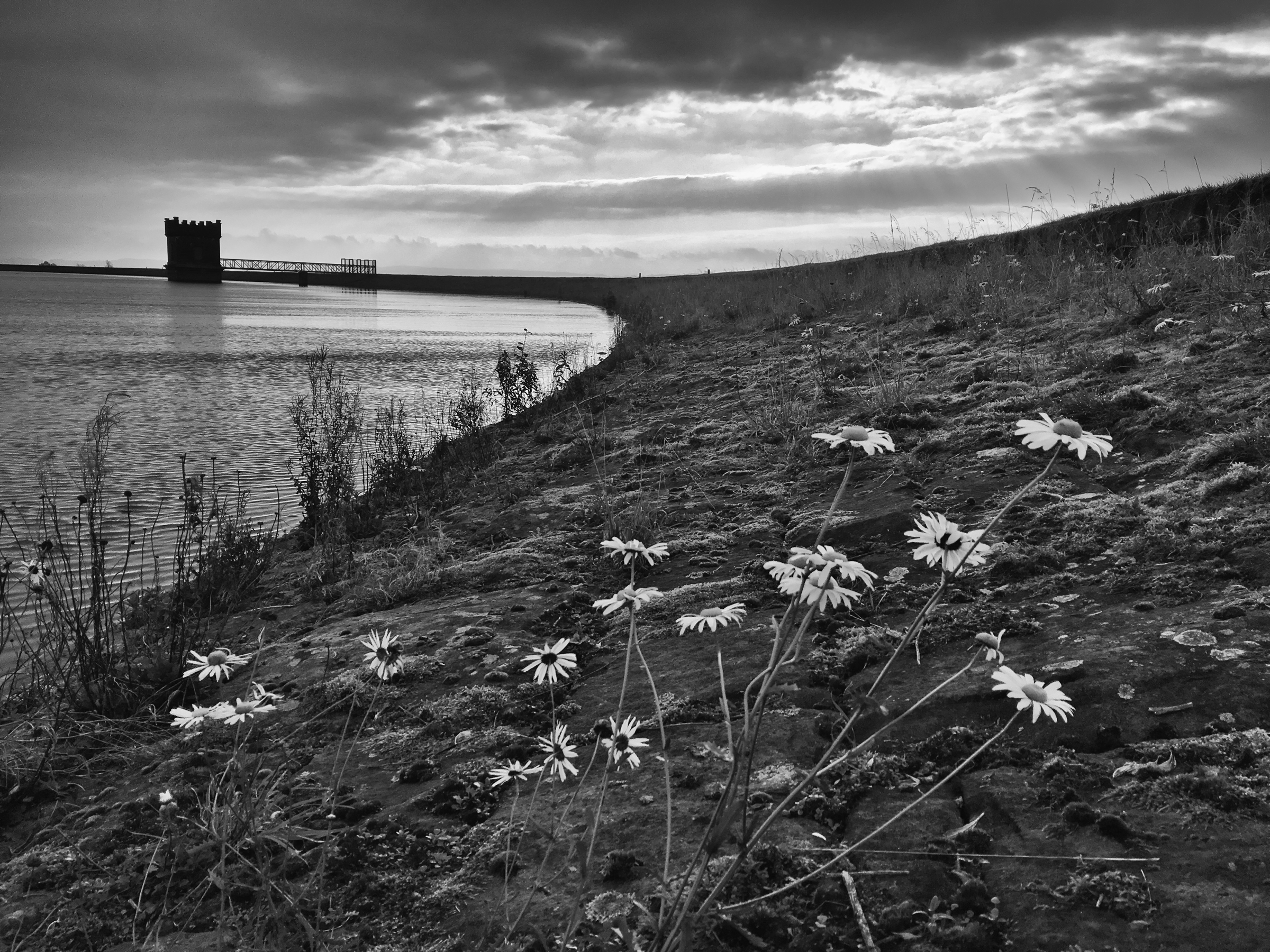When researching a new destination there is always something special that catches my eye. In the case of Madagascar it was undoubtedly Golden-crowned Sifaka. It is the cover star of Nick Garbutt’s ‘Mammals of Madagascar’ and is regarded by some to be the most beautiful of all the lemurs. After watching them feeding quietly close by in the late afternoon in their dry deciduous forest home at Daraina in remote northeast Madagascar I can't disagree. They positively glowed in the last golden rays of sunshine coming through the bare tree canopy. A mother with baby clinging to her side carefully smelled the forest floor, selecting nuts to eat, only a couple of metres away from me while the rest of her family group of five foraged nearby. The rest of the day they could often be found higher in the canopy, eating leaves and resting but this late afternoon descent seemed to be part of their daily routine. Golden-crowned Sifaka is a small and delicate indrid lemur and its appeal is enhanced by the fact that it is critically endangered. Only discovered as recently as 1974 by Ian Tattersall, it was finally described in 1988 and more recent genetic studies have established it as a separate species from the Verreaux’s group of western Sifakas. In fact it may actually be more closely related to the Diademed group instead. It has an incredibly small range and occurs only in the vicinity of Daraina where it faces a number of threats, all of them associated with the activities of man. Forest clearance for agriculture and fuel as well as gold mining is the biggest threat but they have also been hunted periodically for bush meat, particularly during the economic chaos that ensued after the 2009 coup d’état. The recent influx of gold miners to the area has also damaged the forest itself, leaving deep pits everywhere, which undermine tree roots and ultimately kill them.
It is actually quite straightforward to see Golden-crowned Sifaka, they are common and easy to find in the forest patches around Daraina, although the road journey to get there, from whichever direction you approach, is something of an ordeal. In fact my friend Terry Chambers reminded me that it took longer to get from Antsirinana to Daraina by road than it did from Paris to Antananarivo! The road was not repaired after the last rainy season and is a nine hours bumpy ordeal each way from Antsirinana with not much to look at along the way in the rather degraded countryside. We didn’t see a single bird of any species for almost an hour after we set out from Antsirinana for instance. The Madagascar conservation NGO Fanamby has established an eco lodge at Daraina, Tattersalli Camp and although its wooden huts are very simple, it is clean and wonderfully located right on the edge of some really beautiful forest away from the gold digging areas. The sifaka (and also the merely endangered Crowned Lemur) can even be seen in the trees around the camp itself, including from the bathroom! The forest immediately adjacent to the camp had a couple of families of Golden-crowned Sifakas at the time of our visit and it also produced some interesting birds like spectacular Sickle-billed and Hook-billed Vangas. A large roost of Greater Vasa Parrots coming and going was another memorable sight (and sound). At night the forest comes to life and although we did not manage to find an Aye-aye this time, there were some signs of their feeding activity. Worryingly some dead Aye-ayes were found recently, by our guides, having been killed by locals who regard them as evil spirits and harbingers of death. We saw plenty of other lemurs, all of them unique to this area including Daraina Mouse Lemur, Daraina Sportive Lemur and the putative ‘Daraina’ Fork-marked Lemur.
I am hoping that this post will encourage you to make a wildlife pilgrimage to Daraina and maybe help persuade the local people that the lemurs and their forest home here are worth more alive than dead. The long journey is well worthwhile and was one of the highlights of my recent visit to Madagascar. You can either join my next Wild Images tour to Madagascar or contact the NGO Fanamby directly.


